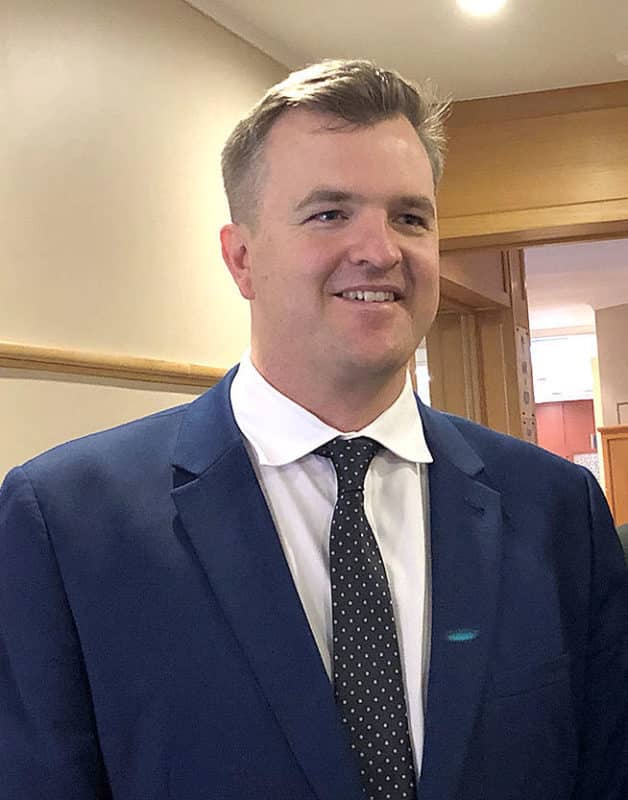by James van Schie
The Wall Street Journal recently carried a headline “Catholic Schools losing students at record rates, hundreds closing”. The story charts the decline of Catholic schooling in the United States, from 5.5 million students and 11,000 schools in the 1960s to 1.6 million students and 5900 schools today.
It’s an extraordinary fall-off. Bishop Robert Barron of Los Angeles responded to this article with an interview charting the reasons for this decline.
Bishop Barron cited the “nones and nuns” — the increase of “nones” (people with no religion) and decrease of “nuns” (fewer religious vocations) as critical reasons for the fall-off. Bishop Barron also referred to the financial reality that Catholic schools have simply become unaffordable for many families in the US. With little to no state support, parents in the US pay an average of $10,000
per year for each child’s Catholic education.
The US story isn’t exactly ours, but there is strong resonance. Faith background and affordability are always part of Catholic education discussions in New Zealand.
Representatives of Catholic and other state-integrated schools recently gathered in Wellington to meet with Education Minister Chris Hipkins. Our link to the state, and vice versa, is vital. In fact, it’s a symbiotic relationship, as Catholic schools are a subset of all state schools. That’s why Catholic schools in New Zealand are supported by the taxpayer. Without this support, it would be our newspapers featuring headlines about declining enrolments and widespread school closures in the face of unsustainable economic burdens.
At the meeting, Minister Hipkins pointed out that it was a goal of the Government to put student well-being and the education of the “whole person” as its highest priority. Though we may differ in the “how” of that goal, it is certainly one we share.
Catholic schools aim for the fullest development of the human person — not academic excellence only. Such holistic education is never just individual or even personal. It is a partnership between God, student, teacher, and community/society/the world (with a special place for the poor and struggling).
Reflection and discernment, in a Catholic setting, can lead students to place their own growth in knowledge and self-understanding at the service of others. This is more than activism or isolated charitable events. It is an experience of service that is transformative because it is suffused with the spirit and presence of Jesus Christ, the Son of God, the Man for Others.
The ultimate purpose, the kaupapa, of a Catholic school is to form young men and women for others in imitation of Jesus. Just as “charity begins at home”, so too does service begin in our own neighbourhoods and communities. We live our faith within and for our society, secular though it may be.
Minister Hipkins clearly has a strong sense of wanting the best for students, and his Government, and any other government that wants the best for students and society, has a willing partner in Catholic schools.
James van Schie is general manager of Auckland diocese.

Reader Interactions